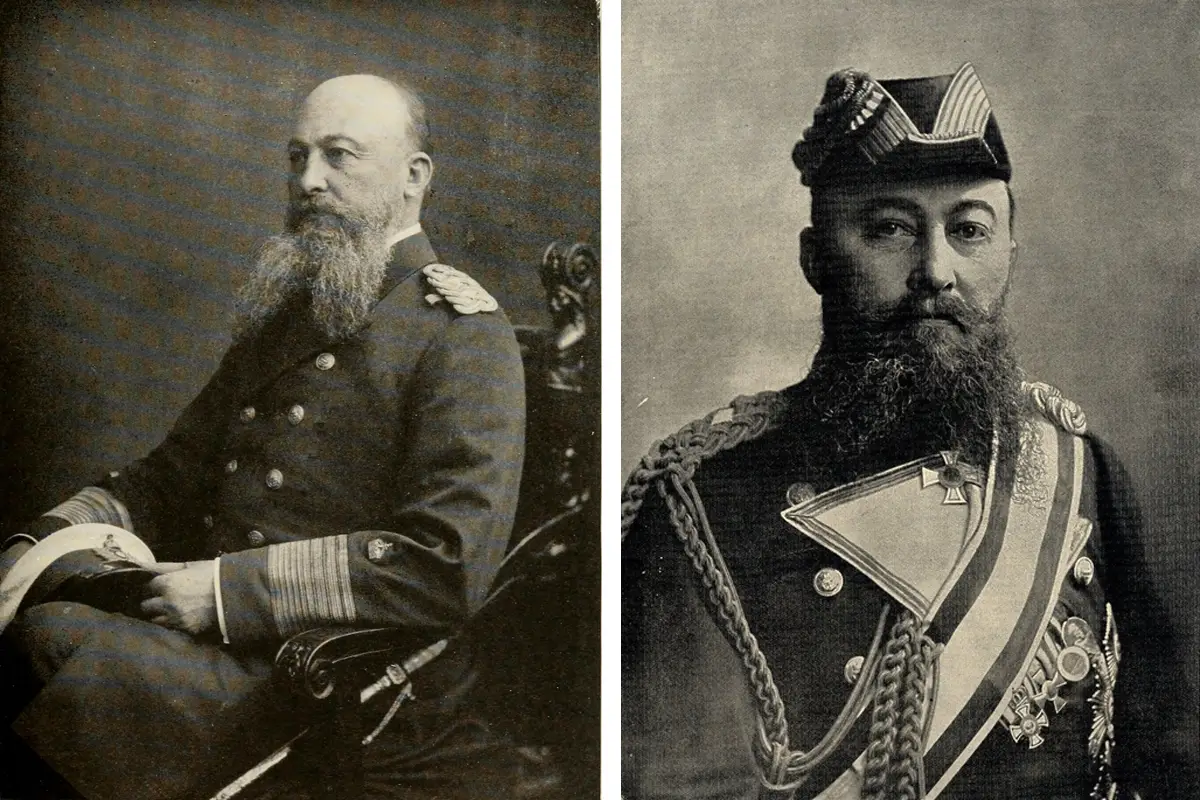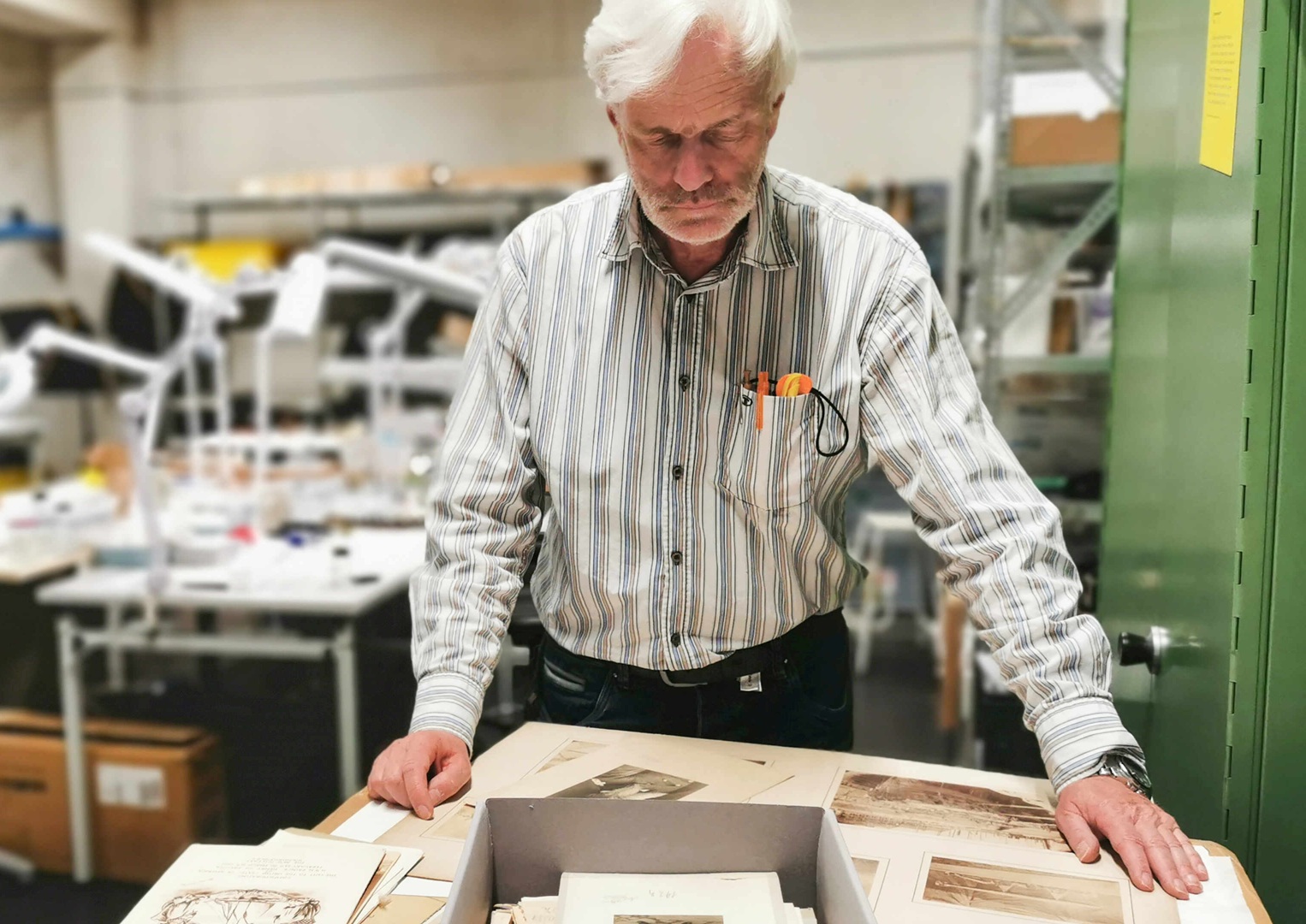A box discovered in the archives of the German Maritime Museum (DSM) has been found to contain a trove of previously unknown materials related to Alfred von Tirpitz.
Alfred von Tirpitz (1849–1930) was a German grand admiral and State Secretary of the German Imperial Naval Office.
Tirpitz masterminded the Tirpitz Plan, a design for Germany to rival the British Royal Navy by deploying a fleet of new dreadnoughts, battleships, cruisers, submarines, and support vessels. This led to the Anglo-German naval arms race until the advent of World War I in 1914.
During a study at the DSM, an inconspicuous box was inspected by archivists, revealing a previously unknown archive of photographs, notes and prints. The box comes from the private collection of Prof. Dr. Michael Epkenhans, a naval historian who published several biographies about Tirpitz.

According to Dr. Christian Ostersehlte from DSM, the trove includes photographs taken at significant events during Tirpitz’s career, including photos from his time in charge of the German Torpedo Inspectorate.
One new revelation is a photograph of an undocumented visit to the United States by Tirpitz accompanying Prince Heinrich (the Kaiser’s brother). “Apparently he accompanied Heinrich to the USA in 1902 – I hadn’t known that before,” says Ostersehlte.
“Now it’s time for research,” says Ostersehlte. “The archival documents need to be systematically evaluated and in some cases restored. For historians working on Tirpitz or interested in the naval history of the German Empire, the material is a real stroke of luck.”
Header Image Credit : DSM / Annica Müllenberg
Sources : DSM





